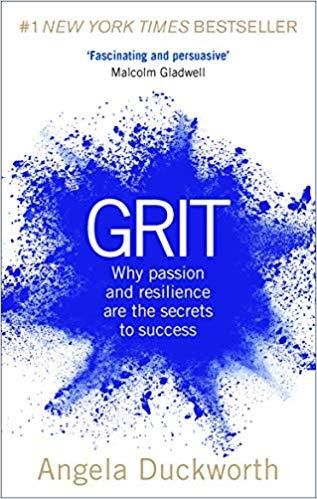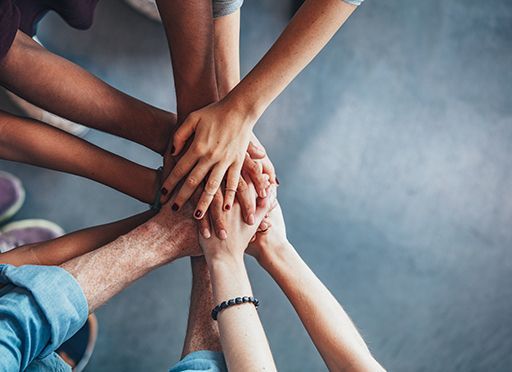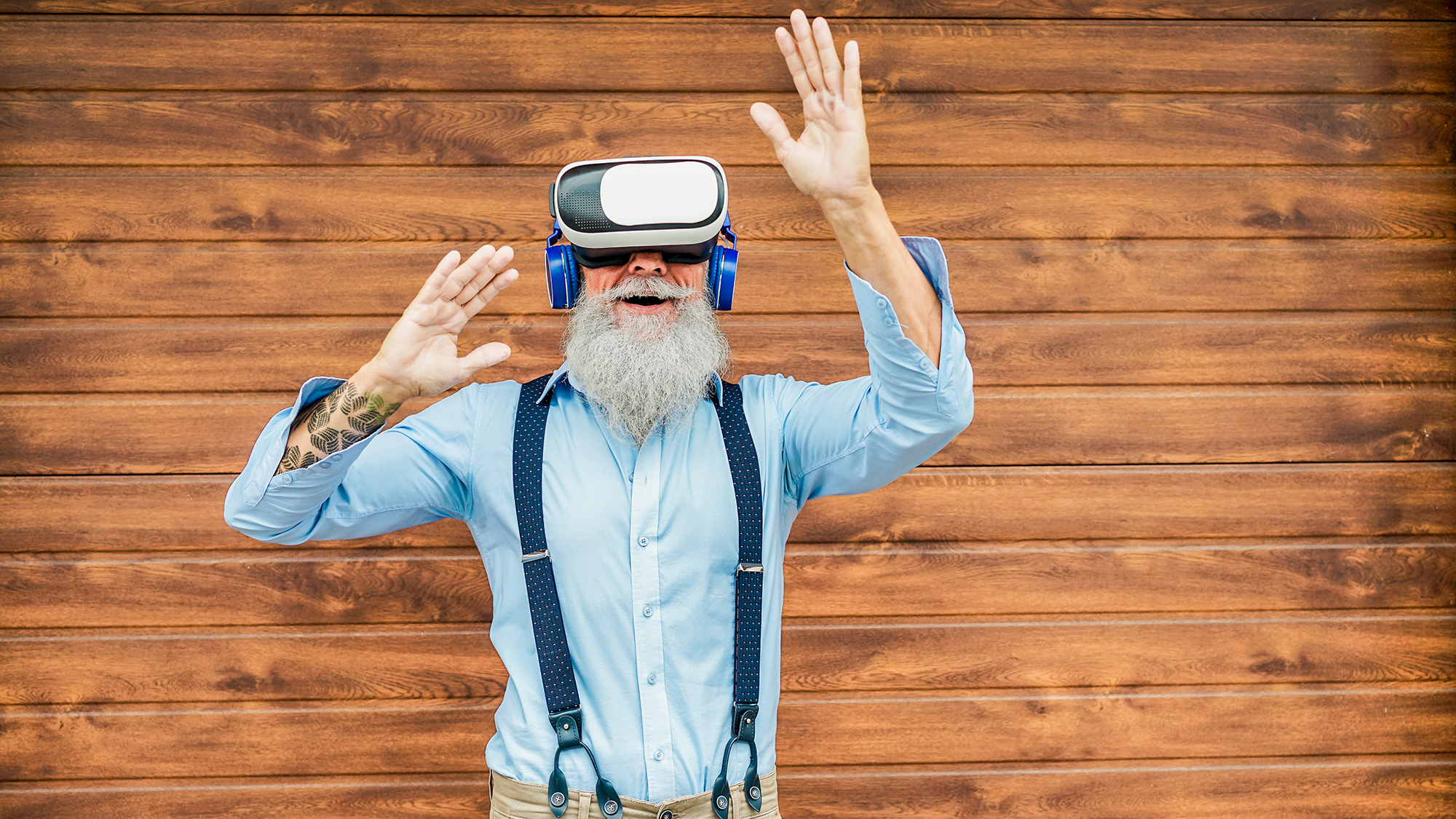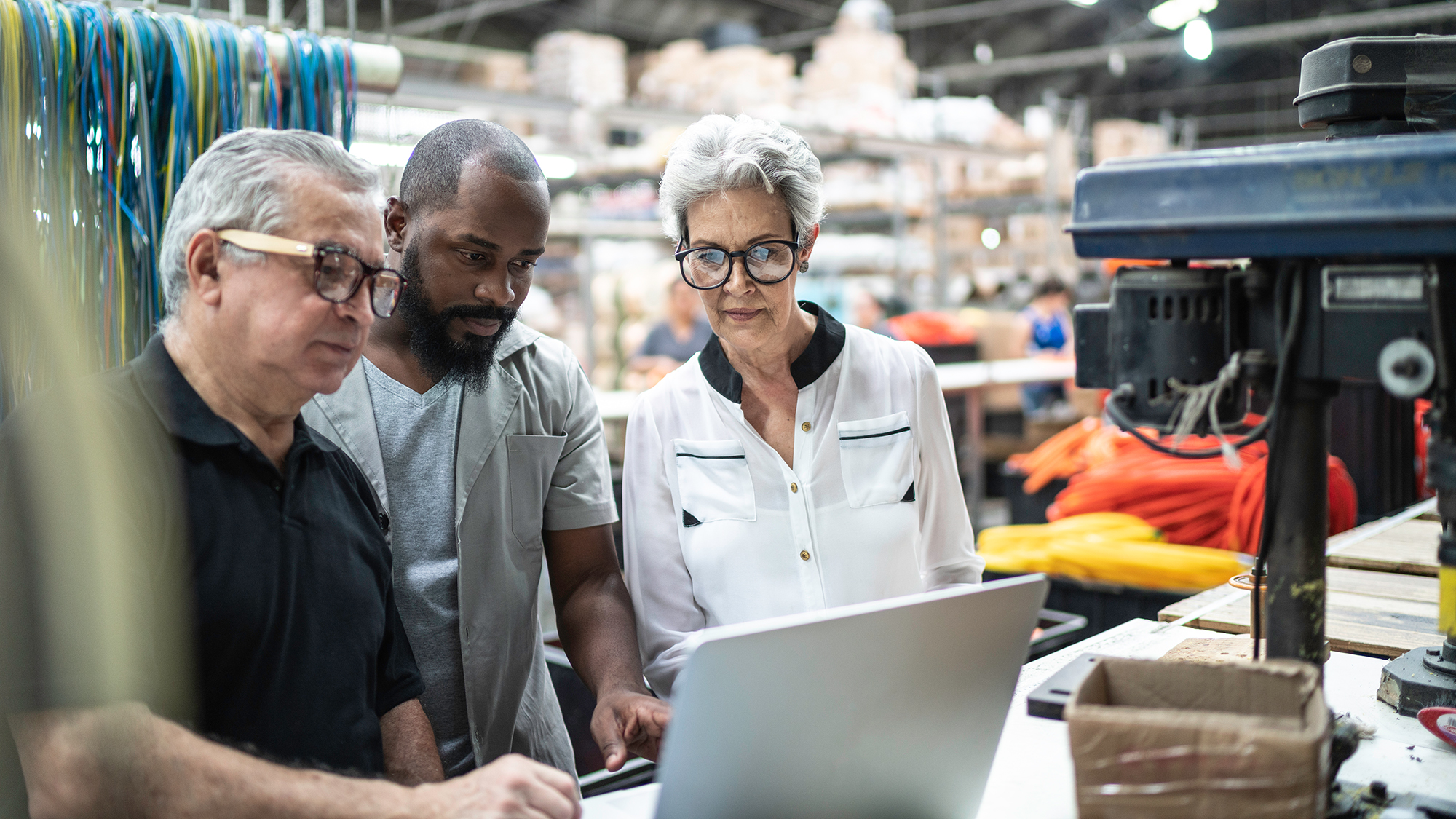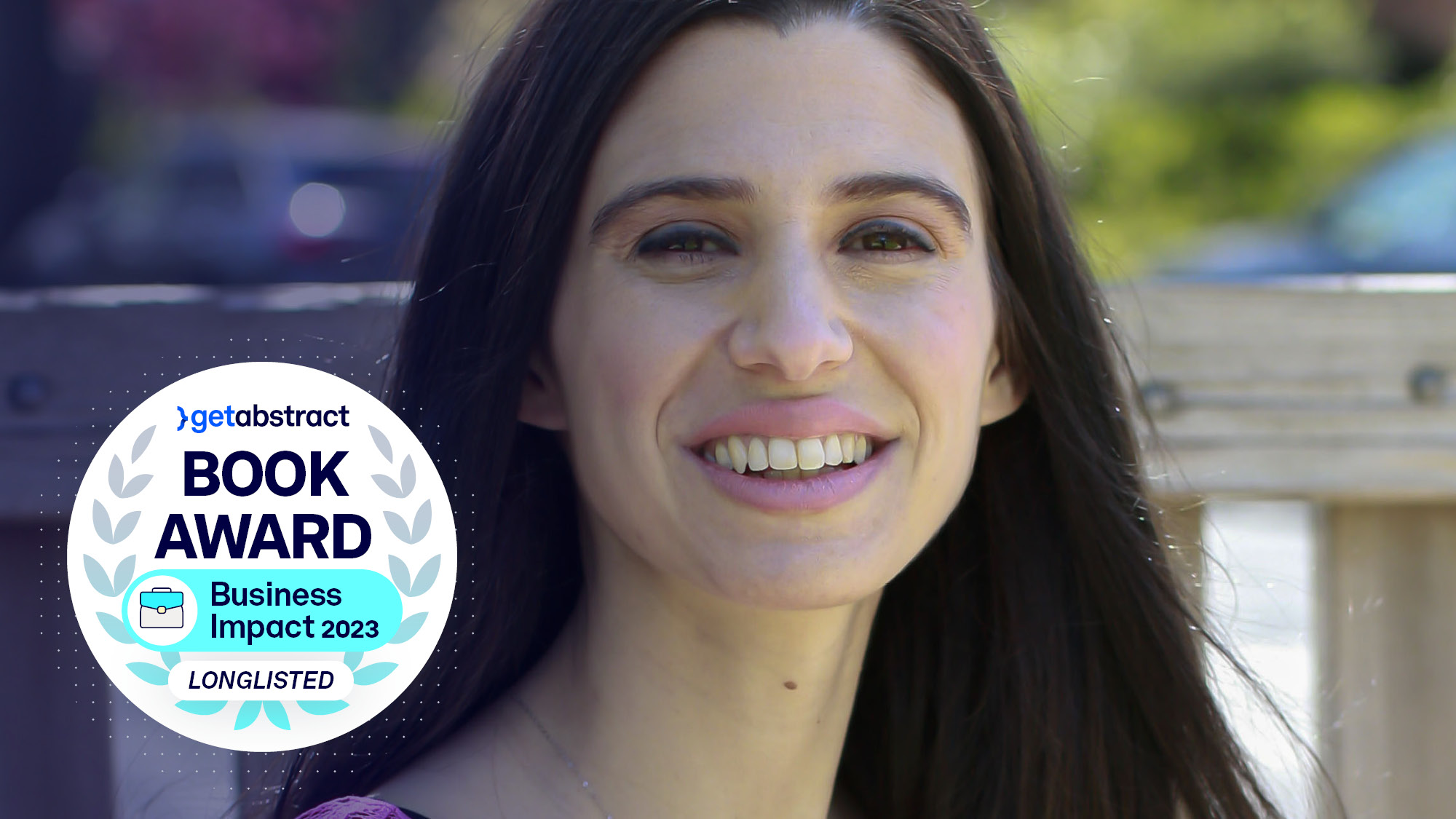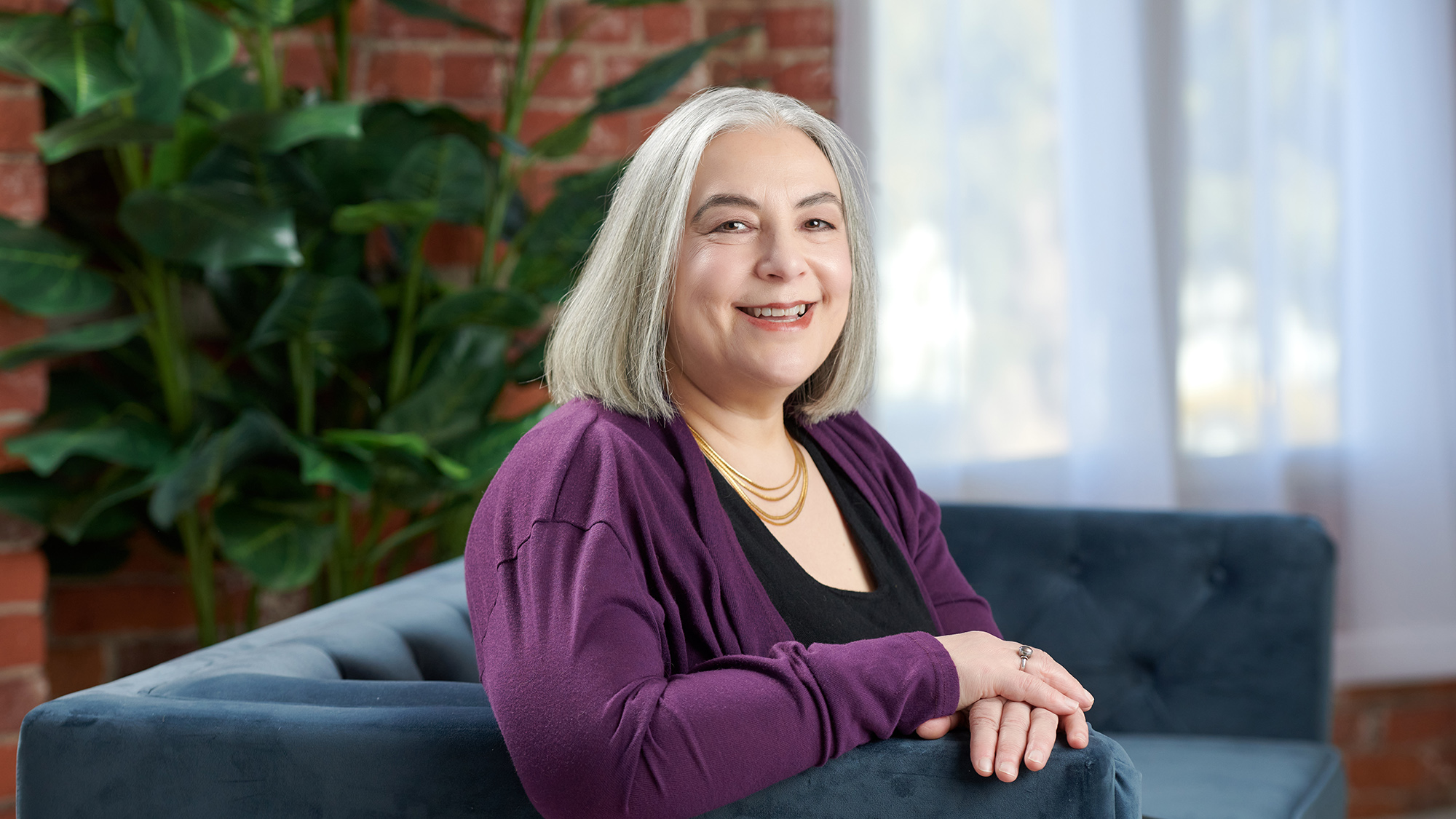“Responding to Different Realities Is What Tribal Peoples Have Always Done in This Country.”
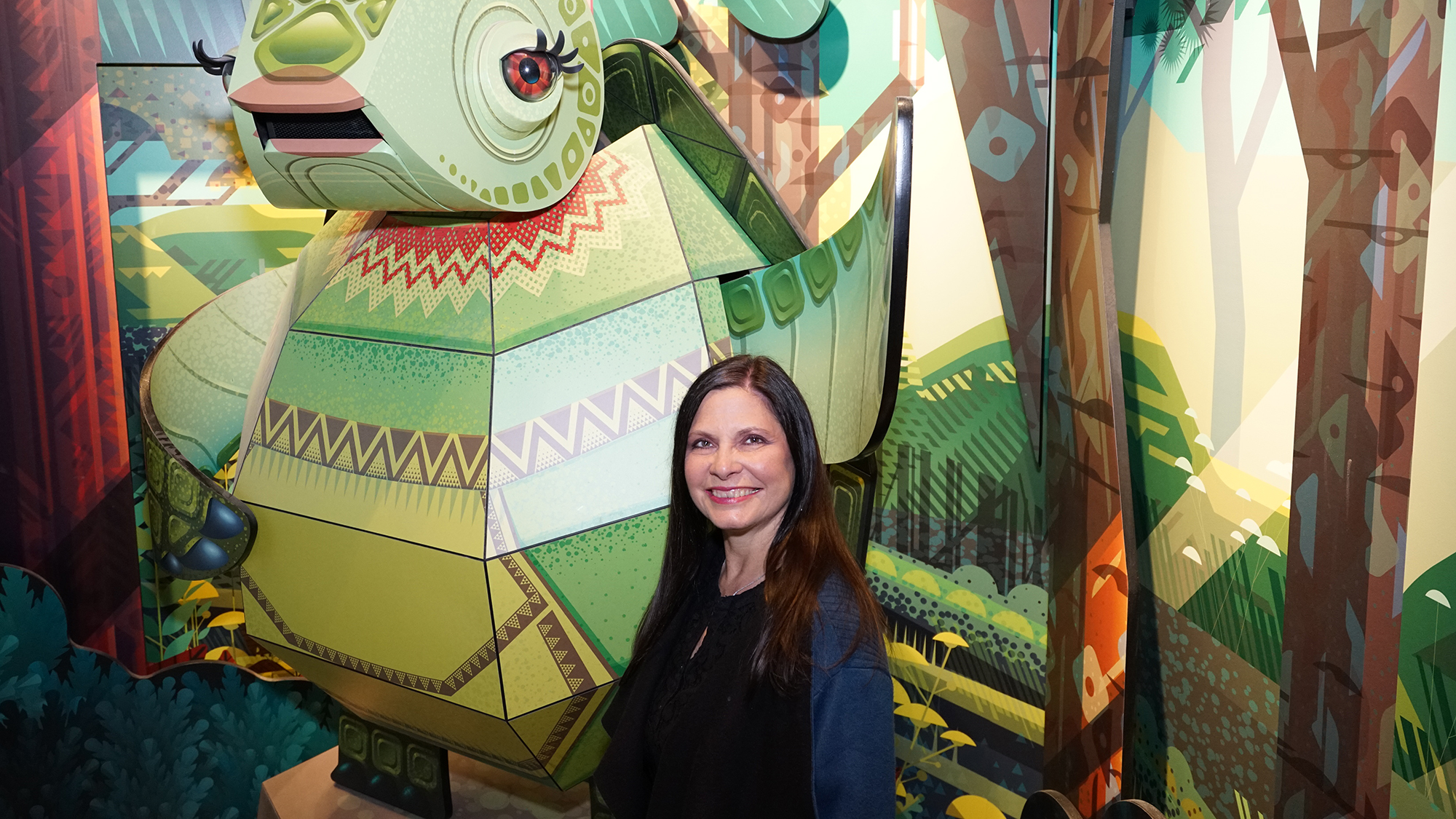
Shoshana, the Grand Opening of the First Americans Museum on September 18 and 19, 2021 is fast approaching. How are you feeling today?
Shoshana Wasserman: Excited and terrified! I‘m excited because we are finally here. We have almost completed a 175,000 square foot museum, a project worth $175 million. Just getting to this point was really nothing short of a miracle. Originally, I was brought on in the fall of 2005 as a Program Planning Consultant to help plan the Groundblessing Ceremony. At the time, we had just one month to arrange the important event. Now here I am, almost 16 years later, still rushing to prepare for the Grand Opening in a post-COVID moment, dealing with a set of site challenges like extremely limited parking, staffing and operational resources. Once again, we will rise to the occasion to do our best with what we have, hoping that all who come know we put our hearts and soul into making it something special.
And why are you terrified?
Well, construction is not entirely finished. We don’t have the robust staff we need for an institution of this size, and there continue to be some funding shortfalls, including for our FAMily Discovery Center. We must get this exhibit to the finish line. There is nothing out there like it! It explores native-centric values with large-scale animal guides helping convey “We Are All Connected”: Our Choctaw Grandma Turtle sits outside the exhibit welcoming all guests to come experience over 30 interactive activities designed to involve the entire family. You see that even now, roughly 100 days from our Grand Opening celebration, we have plenty of obstacles that we’re trying to navigate.
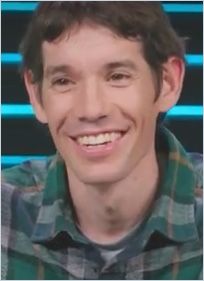
What made you get involved with the project in the first place?
The idea existed long before I got involved.
For many years a lot of different tribal groups in Oklahoma came together, developing a vision for a place that could tell their stories and share their perspective on history, one that is currently not being expressed or shared.
As for me personally, I had a bachelor’s degree in education, and I always understood that our narratives were missing. Not only were they missing, but the existing ones were obscuring the realities of native peoples. To this day, we are invisible in our own country. As a child, it was difficult growing up with that reality, and later, as an educator, it was just shocking.
This is why, in the late 1980s, you co-founded a dance company called the Great American Indian Dancers.
Yes, we started doing educational shows in schools, trying to dispel some stereotypes through edutainment. Later we were traveling all over the world with our company, in many instances promoting the state of Oklahoma. The only problem was that, when visitors arrived here, they didn’t find anything about native peoples in a central location that they could experience. It was a great shortcoming. After all, there are 39 different tribal nations from all over the United States – only a few were actually indigenous to this place – and so you have all of these distinctive cultures, 12 linguistic families and different ways of living converging in Oklahoma. For years, I had been watching the museum project from a distance hoping to contribute in some meaningful way. In 2005, I was provided with that opportunity, and in 2011, I completed a Master of Arts degree in business communications with an emphasis on organizational and business development.
From the start, it was clear that the museum wouldn’t primarily collect artifacts but stories. What exactly does that mean and what did it mean for you in practice?
Yes, I once asked the chairman of our board of directors, who also happens to be the governor of the Chickasaw Nation, why the museum wasn’t developed as a collecting institution. He answered: “Because there was no collection at the time, but there were very important stories and historical perspectives to be shared” – and this is why we had to create a place for those stories. From the moment the design and project planning teams first met, they began to involve tribal peoples to understand how those stories should be told. That required many, many rounds of tribal consultations. We then decided to follow a thematic approach, because it would tell the unique collective story of what was similar and dissimilar to all of the tribes living in Oklahoma today – as opposed to a museum where X amount of square footage is prescribed for each of the tribes.
This museum is different in that it focuses on the common circumstances that have brought us all together in this place and it continues with the stories of today.
Like many big idea projects, this one, too, was mired in setbacks and filled with roadblocks. Funding was put on hold more than once. What exactly happened?
When the project was first envisioned it was supposed to be paid for by the federal government, the State of Oklahoma and the private sector. To this day, the federal government has provided only a fraction of the $33 million it authorized, and that put a lot of pressure on the state and private sector. Then came 9/11, wars, the Great Recession, hurricanes, tornadoes, changes in government. The longer it went on, the more vulnerable the project became. Many in the state were saying “Oh, the tribal casinos are making all this money; let native peoples pay for it.” Of course, they were ignoring the fact that the tax revenue generated from the museum is not going back to the tribes in any way, shape or form.
Aside from making tribes more visible, the project was born out of the need to diversify the economy away from oil and gas.
Believe it or not, tourism is our third largest industry in Oklahoma! We have Route 66 and the National Cowboy and Western Heritage Museum. But a PricewaterhouseCoopers report confirmed to state officials that it was important to also reflect Oklahoma’s native heritage. From the state’s perspective, the museum was born as an economic development project, and it’s important to remember that.
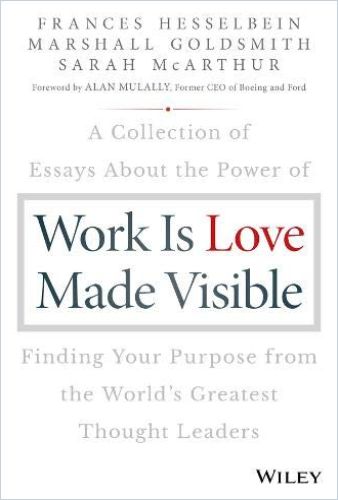
Yet, despite constantly reminding state representatives, for a few years, you were sitting in a half-finished building with a handful of loyal staff. What made you get up every day?
I really think my mission kept me going. I didn’t understand that at the time, but I certainly do now. This project has always had its own life cycle. Quite similar to the history of tribal peoples: We had great lives, only to be uprooted and dislocated against our will multiple times. People reduce this concept to a singular event, the “Cherokee Trail of Tears”. But there were multiple trails of tears for each of the tribes that were forced to move. These numerous removals were followed by new hardships once we did make it here, trying to reestablish our governments and cultural life, learning how to live and survive in a new land with new flora and fauna. So, if our people persevered through all of those realities, I could certainly stay the course and bring the project to fruition. I credit this perseverance to my ancestors, in particular to my grandfather, who helped reestablish Thlopthlocco Tribal Town here in Oklahoma. I feel very blessed. But it wasn’t always easy. There were times of depletion and darkness, tears and loneliness. In those moments, I also knew that there were communities and tribal people out there praying for us, putting up tepees, having all kinds of different ceremonies to give us the strength to see it through. I will always be grateful to all of those individuals! I know that I may never even know all those who prayed and sustained us. This is how loving our communities have always been.
What is the advice you could give to others in your situation – working on something you deeply believe in and seeing it almost taken away from you by pettiness, prejudice and unfortunate coincidences?
I’m a type A personality, I like to set goals, be in control and I absolutely want to achieve those goals. But:
The one thing that this project has taught me is that sometimes there is a different rhythm to things, and we don’t necessarily understand that rhythm at the time.
Now I can look back and see why things happened the way they did. I couldn’t have seen that in 2012. We have made numerous strategic plans based on the circumstances at each moment. When those circumstances changed, we made another strategic plan, and then another and another and another. Responding to different realities is what tribal peoples have always done in this country. I had to step back and acknowledge that change is going to be with us no matter what, and that sometimes that requires flowing with the change instead of banging your head against it. I also acknowledge that throughout the years we have always had stellar leadership from a committed board of directors, project partners and design team members. They have always played active roles in the required changes to previous plans. This is no small thing!
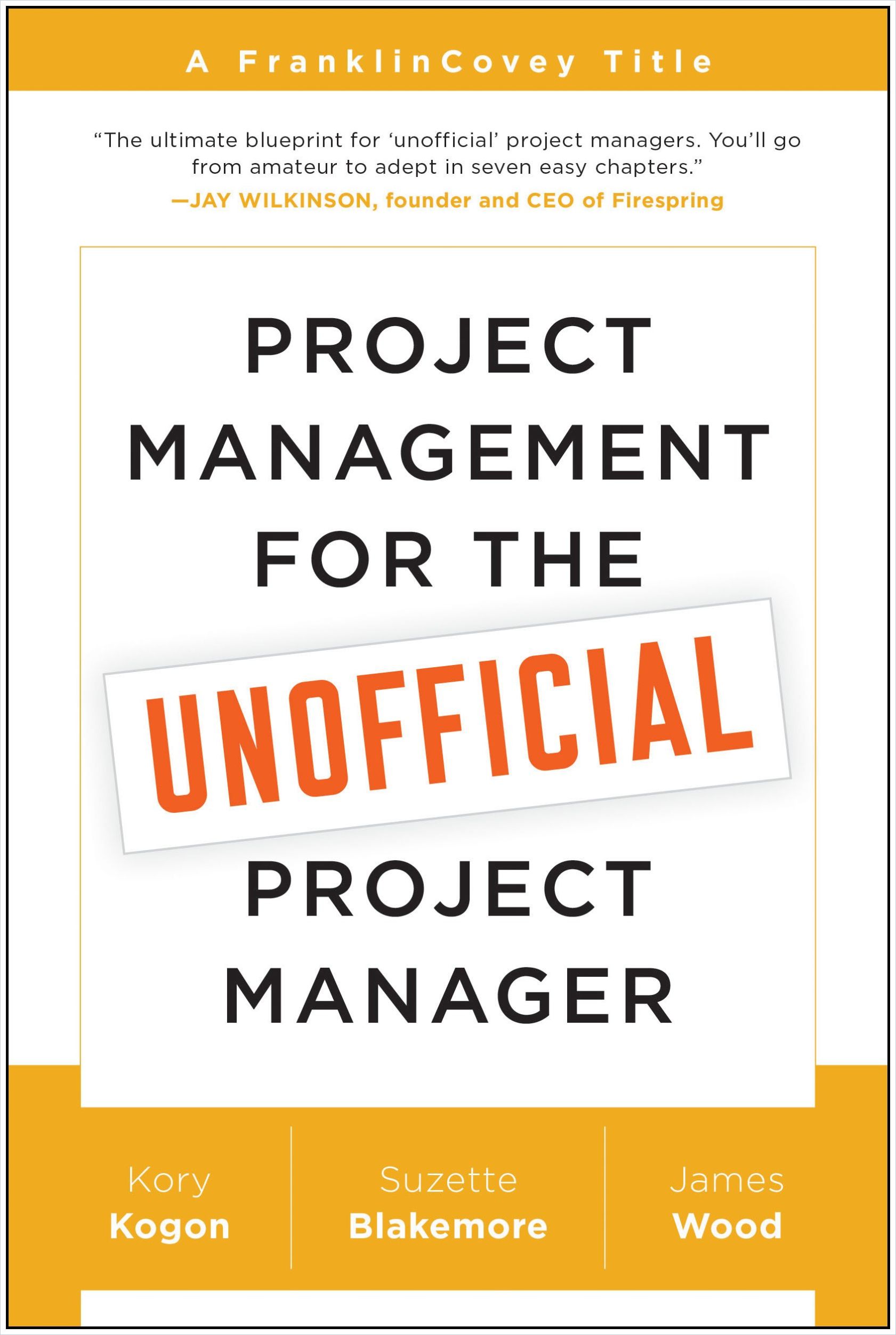
Eventually, the project was transferred from the State to the City of Oklahoma. Building started up again in 2016. Then you were promoted from director of marketing and public relations to deputy director. Now you had even more on your plate: helping create the exhibit and restaurant, hiring the right people and much, much more. How did you do it all and keep your sanity?
Well, I’m not saying that I have… [laughs]. But there were a lot of people involved in all this. For example, we have an all-native curatorial team that ensured the exhibitions were authentic and representative of all the tribes, and I’m very proud of that. We have always had the vision to tell these stories through media, cultural materials, programming and cuisine from a first-person perspective. The OKLA HOMMA exhibition on the ground floor tells the collective history of the 39 tribes through 29 film projects, all by native filmmakers, including first-hand accounts from over 60 tribal members. Upstairs we have the WINNIKO: Life of an Object exhibit which features some of the collection from the Smithsonian National Museum of the American Indian (NMAI), along with other newly commissioned artworks. And 144 NMAI cultural materials, which were originally collected here in Oklahoma at the turn of the century but then ended up in Suitland, Maryland, are going to make a homecoming and return to their tribes of origin. The difference is in the way that we are dealing with those objects, as we look at them from the tribes’ perspective. We share how these cultural materials were originally made with love, purpose and specific design motifs, before they went on their long journey.
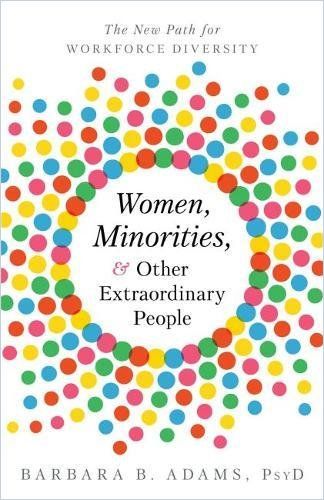
Women, Minorities, & Other Extraordinary People
Greenleaf Book Group PressTalking about journey – what is your wish for FAM in the long run?
I just hope that people really want to be here, that they always feel welcome. It was one of the reasons why we changed our name from The American Indian Cultural Center and Museum – which was inaccurate and really a mouthful – to First Americans Museum. The name helps us to become visible as the original inhabitants of this continent. I also love the acronym FAM, because it conjures up the concept of family. We want First Americans to feel they have a place to share the wealth of their knowledge and experience. And we want guests to feel comfortable and welcome in our new home.
I know it sounds ambitious, but I hope that as a global community we can eventually become something bigger and better together.
And what are you yourself going to do when the first rush of opening day is behind you?
I am going on vacation [laughs]. No seriously, I am going to take a pause, sit back and marvel at this tremendous accomplishment that took so many people’s unbelievable commitment, passion, love and dedication to make it a reality. But once we get past the Grand Opening, the museum will move into a whole different phase of its life cycle. Then programming will take center stage. One of its main purposes has always been to create a thriving arts marketplace that celebrates the very unique kind of native art aesthetic we have in Oklahoma today. So there’s a lot of work to do after opening day – it’ll just be a very different kind of work.
About the Founder
Shoshana Wasserman is a citizen of Thlopthlocco Tribal Town and Muscogee Nation. She is one of six senior executives charged with planning and running the First American Museum (FAM) in Oklahoma City – spanning institutional development, operations, educational program planning, community engagement and communications management.

